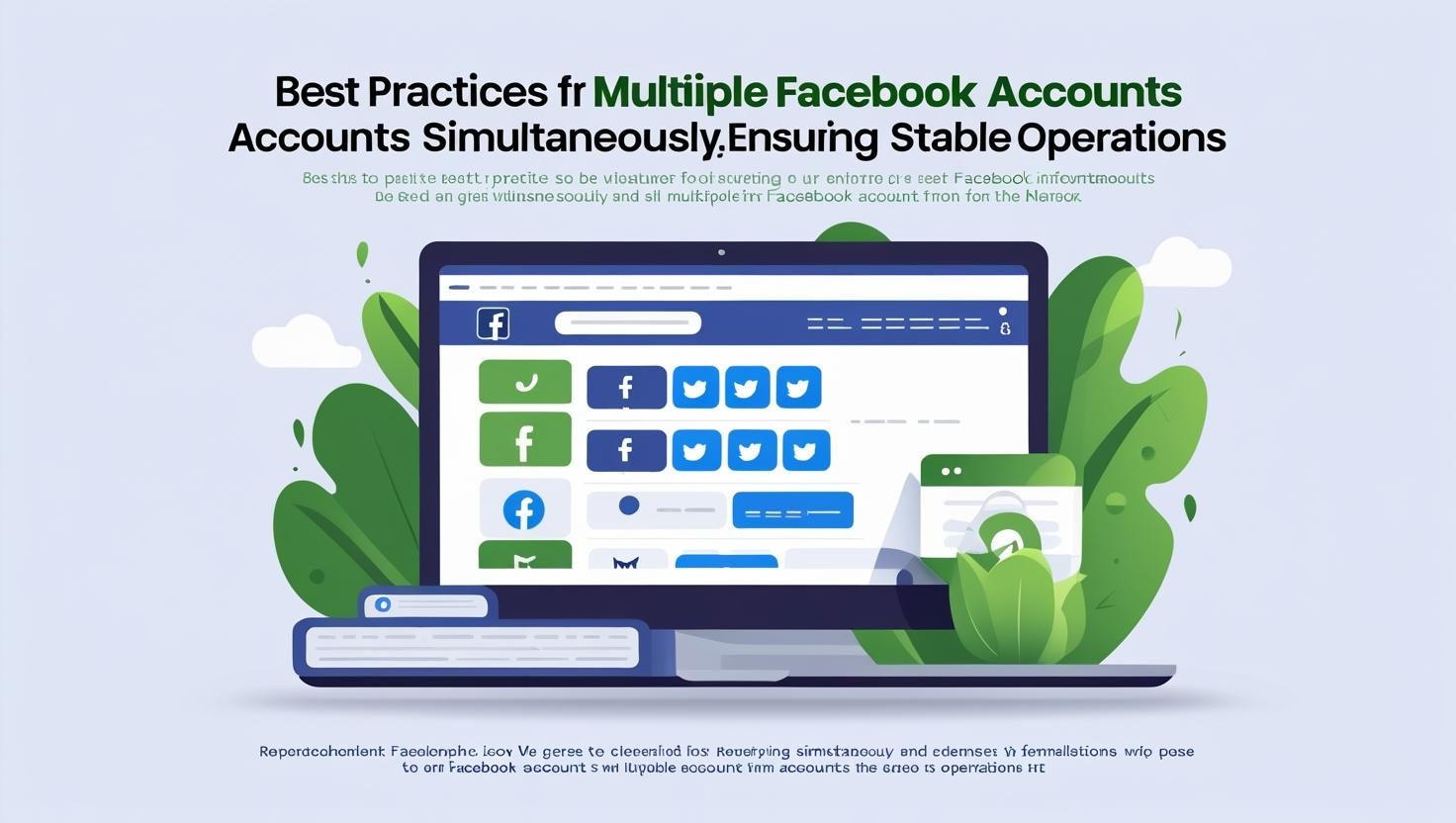
 2025.10.18 06:36
2025.10.18 06:36
 2025.10.18 06:36
2025.10.18 06:36
 2025.10.18 06:37
2025.10.18 06:37Static vs Rotating Proxies – Differences, Benefits & When to Use Each
 2025.08.11 18:53
2025.08.11 18:53Choosing the right type of proxy is a crucial step in ensuring your online projects run smoothly. Whether you’re running social media campaigns, web scraping, price monitoring, or bypassing geo-blocks, the type of proxy you select — static or rotating — can significantly impact performance, security, and efficiency.
In this guide, we’ll break down what static and rotating proxies are, their pros and cons, and when to use each.
1. What Are Static Proxies?
A static proxy gives you a single, fixed IP address for the entire duration of use. No matter how many requests you send, the IP stays the same.
Sticky proxies are a type of static proxy that keep the same IP for a session or specific time frame before changing.
Advantages of Static Proxies
- Stable IP Address – Perfect for platforms that expect consistent activity from one location, like social media, e-commerce, and advertising accounts.
- Continuous Connection – No interruptions caused by IP switching, making them ideal for APIs and cloud services.
- Easy Setup – Choose your preferred location and enjoy consistent performance.
- Cost-Effective – Using a single IP usually comes at a lower price compared to a large IP pool.
Disadvantages of Static Proxies
- Geo-Limitations – Bound to one location, which may restrict access to region-specific content.
- Not Ideal for High-Volume Scraping – Too many requests from the same IP can trigger blocks or captchas.
- Risk of IP Ban – If the IP gets flagged, all accounts tied to it are at risk.
Best Use Cases for Static Proxies
- Managing one or a few social media accounts.
- Running ad campaigns without frequent IP changes.
- Accessing geo-restricted streaming content.
- Testing website content from a specific location.
- Ad verification and monitoring.
2. What Are Rotating Proxies?
Rotating proxies automatically change your IP address at set intervals or after each request. This is done using a large pool of IPs, ensuring that your traffic appears to come from multiple sources.
Rotation can happen with data center, residential, or mobile IPs, but mobile IP rotation is often the most natural and least suspicious to websites.
Advantages of Rotating Proxies
- Higher Anonymity – Frequent IP changes make it harder for websites to track you.
- Perfect for Web Scraping – Avoids blocks and rate limits by spreading requests across many IPs.
- Bypasses IP Bans – If one IP is blocked, the next request uses a fresh IP.
- Access to Multiple Locations – Easily target different countries and cities.
Disadvantages of Rotating Proxies
- Connection Instability – Some applications may experience interruptions when the IP changes mid-task.
- Higher Cost – Requires access to a large IP pool, making it more expensive.
- More Complex Setup – Managing rotation rules may require technical know-how.
Best Use Cases for Rotating Proxies
- Large-scale data collection and web scraping.
- SEO monitoring across multiple regions.
- E-commerce price tracking.
- Market research and competitor analysis.
- Avoiding detection when running multiple automated accounts.
3. Static vs. Rotating Proxies: Quick Comparison Table
Feature | Static Proxies | Rotating Proxies |
IP Consistency | Fixed | Changes regularly |
Best For | Social media, ads, geo-restricted content | Scraping, SEO, large data tasks |
Anonymity Level | Moderate | High |
Risk of IP Ban | Higher | Lower |
Cost | Lower | Higher |
Setup Complexity | Simple | More complex |
4. Which One Should You Choose?
The choice between static and rotating proxies depends on your goals:
- If you need stability for account-based activities, stick with static/sticky proxies.
- If you need scale and anonymity for scraping or automation, go with rotating proxies.
- For hybrid needs, consider mobile proxies with rotation options, as they combine flexibility with a natural IP footprint.
Final Thoughts
Both static and rotating proxies play an important role in different online tasks.
Static proxies excel in stability, cost-effectiveness, and consistent geo-location, while rotating proxies shine in anonymity, large-scale automation, and bypassing restrictions.
Choosing the right one is not about which is “better,” but about matching the proxy type to your specific use case.
 petro
petro
 Multi-Account Management
Multi-Account Management Prevent Account Association
Prevent Account Association Multi-Employee Management
Multi-Employee Management



